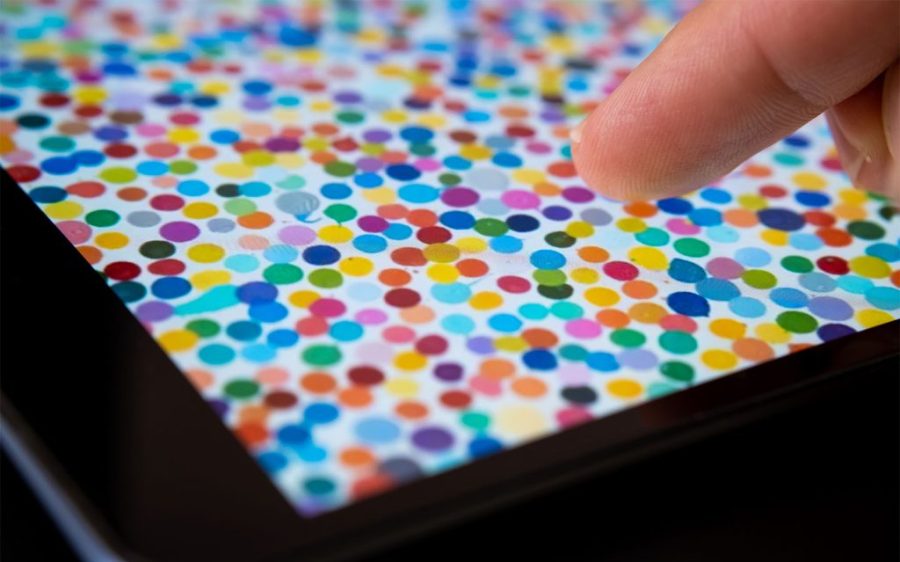Buyers of works from UK artist Damien Hirst’s 2016 project The Currency may have been misled about the date the art was created and how it was made, alleges the Guardian newspaper.
The Currency comprised 10,000 A4 sheets of paper painted with brightly coloured dots. Each apparently hand-painted sheet was inscribed with the year 2016 and Hirst’s name. They went on sale in 2021, though buyers had the option of keeping either a physical piece of art or a digital version of the painting in the form of or a non-fungible token (NFT). Hirst, 58, ended up burning the remaining physical paintings.
This week, the Guardian has revealed that at 1,000 – possibly more – paintings in the series were made by other people in 2018 and 2019. Several of those people have spoken to the paper about their experience making the works for Hirst’s company, Science Ltd, in what one described as a “Henry Ford production line.”
[See more: An art museum worker was fired for displaying his own painting]
According to the Guardian, neither Hirst’s nor Science Ltd’s lawyers have denied that many of the paintings the artist said were dated 2016 were painted several years later.
They said that Hirst had not been deliberately misleading, and claimed it was his “usual practice” to date all works in a conceptual project like The Currency with the date of the project’s conception rather than when an individual piece was actually made.
However, the Guardian questioned whether buyers of works in the series would feel cheated by the fact their painting may not have been made by Hirst himself, or in the year inscribed on its back.
Hirst is one of the UK best-known and most provocative artists, famed for a series in which he preserved dead animals (including a shark) in formaldehyde. He won the highly prestigious Turner Prize in 1995 and his works often sell for millions of US dollars.






